Are you a gamer or graphic designer wondering if you can boost your laptop’s graphics performance by upgrading the graphics card? The answer is complex.
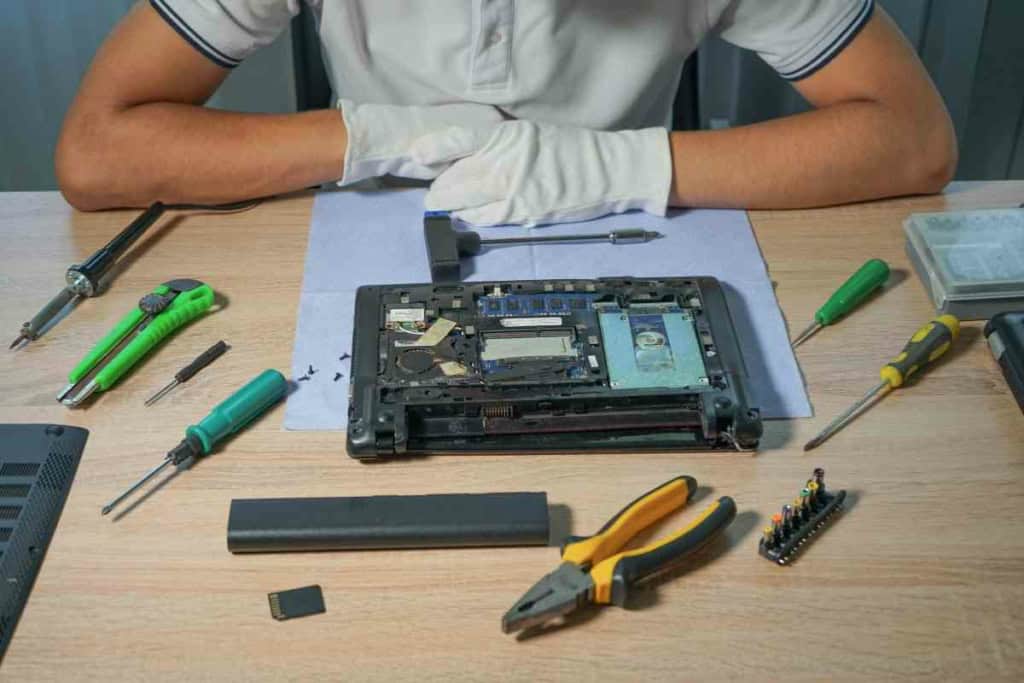
Related Post! Fan Requirements for Graphics Cards
Can You Replace A Laptop Graphics Card?
Upgrading a laptop’s graphics card is often complex and limited by hardware design. Most laptops have integrated GPUs that are not replaceable. However, some high-end gaming laptops allow for GPU upgrades, and external GPUs (eGPUs) connected via Thunderbolt offer a viable alternative for enhancing graphics performance.
While some laptops support graphics upgrades, most have integrated graphics cards that cannot be easily replaced. Here’s a closer look at what this means for your laptop’s capabilities and options.
A graphics card, also known as a GPU (Graphics Processing Unit), plays a crucial role in rendering images and videos on your laptop. It collaborates with the CPU (Central Processing Unit) to deliver smooth and high-quality visuals. Most laptops come with integrated graphics, which are soldered directly onto the motherboard, limiting upgrade options. However, certain high-end models, particularly gaming laptops and mobile workstations, feature upgradable graphics cards.
Understanding Your Laptop’s Graphics
Laptops typically offer two types of graphics systems: integrated and dedicated graphics. Integrated graphics are part of the CPU and utilize the system’s RAM to handle graphics processes. They are adequate for everyday tasks like browsing the internet, working on documents, and streaming videos. On the other hand, dedicated graphics have their own memory, known as VRAM (Video Random Access Memory), making them better suited for intensive tasks such as gaming and video editing.
Can You Upgrade Your Laptop’s Graphics Card?
For most laptops, upgrading the graphics card isn’t feasible because it is built into the motherboard. This integration makes it challenging, if not impossible, to replace. However, if you own a specialized gaming laptop or workstation, you might have the option to upgrade the graphics card. Be aware, though, that this can be an expensive and intricate process.
Related Post! Best Laptops for Animation: Top Picks for Powerful Performance and Smooth Workflow
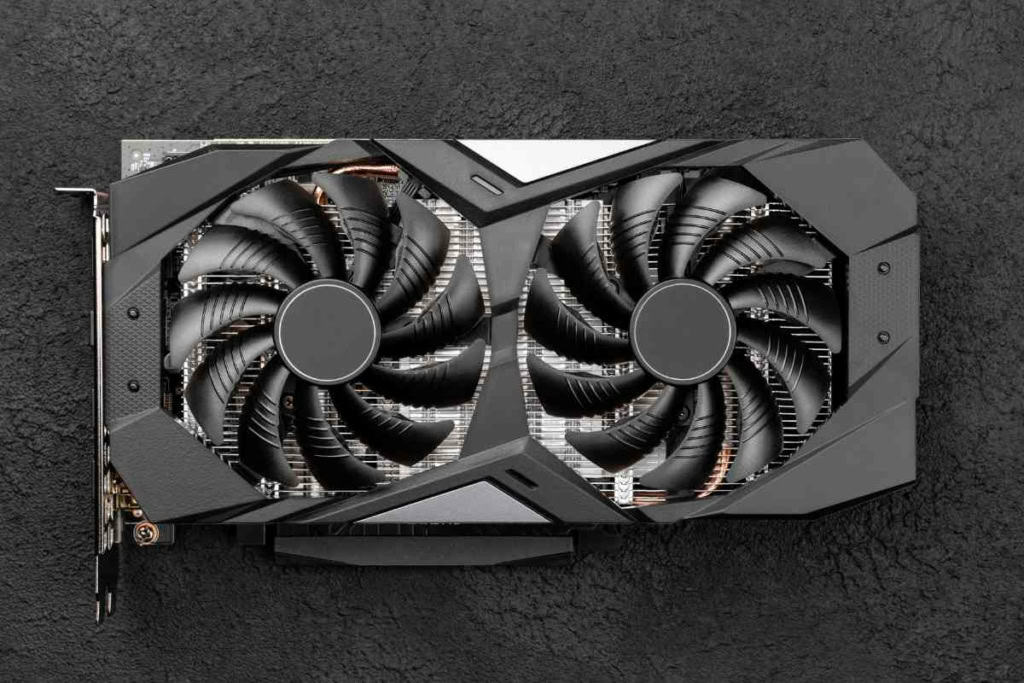
VRAM: A Key Factor in Graphics Performance
VRAM is critical because it stores the data that the graphics card needs to render images efficiently. More VRAM can dramatically improve your laptop’s ability to handle graphically demanding applications and games.
Before you consider upgrading, it’s essential to assess whether your laptop’s design permits graphics upgrades and if the potential performance boost justifies the cost. For many, purchasing a new laptop with a more powerful graphics system might be a more cost-effective solution.
Remember, whether you’re editing your next video project or battling it out in the latest game, understanding your laptop’s graphics capabilities is the first step towards optimizing your digital experience
Upgrading Your Laptop’s Graphics Card
Upgrading your laptop’s graphics card is a common query among users, but the answer isn’t always simple. Most laptops come with integrated graphics cards which are embedded directly onto the motherboard, making them non-removable. These integrated units are compact and less robust compared to desktop graphics cards, primarily because laptops must conserve space and manage heat more efficiently.
Exceptions in Gaming Laptops
While the standard notebook offers no room for graphics enhancement, certain gaming laptops are designed with upgradable options. These machines typically feature a dedicated graphics slot, simplifying the replacement process. However, not all gaming laptops provide this capability, and upgrade options may be constrained.
Evaluating the Worth of an Upgrade
Upgrading a laptop’s graphics card is not only costly but may also yield minimal performance gains. Additionally, such an upgrade might void any existing warranties. Before proceeding, it’s crucial to evaluate the cost versus the expected performance improvement.
Alternative: External Graphics Cards
For those needing extra power for gaming or intensive graphical tasks, an external graphics card might be the solution. These units connect through a Thunderbolt port and can significantly boost your laptop’s graphical output. However, they come with a hefty price tag and are not suited for everyone.
Related Post! Best Laptops for Web Development: Top Picks for Efficient Coding
Key Considerations Before Upgrading Your Laptop’s Graphics Card
- Compatibility: Ensure that the new graphics card is compatible with your laptop. Compatibility extends beyond physical fit—it must also match your laptop’s specifications and ports.
- Performance Expectations: Understand the performance upgrade you can realistically expect from the new graphics card. Research and compare different models to find one that suits your needs without overshooting your laptop’s capabilities.
- Demands on Other Components: Assess whether your laptop’s CPU and RAM can support a more powerful graphics card without causing bottlenecks.
- Power Requirements: A high-performance graphics card may require more power than your laptop’s original setup can provide. Check if your power supply needs an upgrade to accommodate the new card.
- Physical Space: Some graphics cards may be too large for the confined spaces inside laptops. Verify the dimensions of the new card to ensure it will fit without modifications.
By considering these factors, you can make a well-informed decision about upgrading your laptop’s graphics card, ensuring it enhances your experience without unnecessary complications.
Types Of Graphics Cards For Laptops

When it comes to upgrading graphics cards in laptops, the options are more limited than with desktops. However, there are still a few types of graphics cards that can be used in laptops.
When selecting a graphics card for your laptop, understanding the differences between dedicated, integrated, and external options is crucial.
Dedicated Graphics Cards
Dedicated graphics cards are the powerhouse of laptop visuals. Unlike their integrated counterparts, these cards possess their own memory and processing capabilities, which allow for superior performance in tasks such as gaming and video editing. Nvidia and AMD are among the most popular brands offering robust solutions like the GTX 1070, GTX 1080 Ti, and the advanced RTX 2080 Ti for high-end gaming laptops. Budget-friendly models such as the RTX 2060 and GTX 1050 also provide significant gaming capabilities without the premium price tag.
Integrated Graphics Cards
Integrated graphics cards are embedded within the laptop’s CPU and utilize the system’s RAM. While they lack the power of dedicated graphics, they efficiently handle everyday activities like web browsing and streaming videos. These are most commonly found in budget laptops and are a cost-effective solution for users with modest graphics needs.
External Graphics Cards (eGPUs)
External graphics cards (eGPUs) like those from Nvidia and AMD, connect to laptops via a Thunderbolt 3 port. They offer a transformative upgrade, enabling desktop-level graphics performance. Although this option can be the most expensive, it is ideal for users who need maximum graphical output without fully committing to a desktop setup.
Upgrading Your Laptop’s Graphics Card: A How-To Guide
Upgrading your laptop’s graphics card can significantly enhance its performance. However, it’s important to note that not every laptop is eligible for this upgrade.
Step 1: Assess Upgradeability
First, determine if your laptop is capable of being upgraded. If your graphics card is integrated into the motherboard, it cannot be replaced. For laptops with dedicated graphics cards, consult your manual or the manufacturer’s website to confirm if the card is removable.
Step 2: Select a Compatible Graphics Card
If upgrading is possible, the next step is choosing a compatible graphics card. It should be designed for laptop use, fitting both the physical dimensions of your device and its power supply capabilities.
Step 3: Install the New Graphics Card
To install:
- Open your laptop’s case to access the current graphics card.
- Carefully remove the existing card and replace it with the new one, ensuring it fits securely into the slot.
- Reconnect any necessary power cables.
Step 4: Update Software
Following hardware installation, update your laptop’s drivers and BIOS to ensure optimal functioning of the new card. These updates can typically be found on the graphics card manufacturer’s website.
Related Post! Best Laptops for Adobe Illustrator: Top Picks for Graphic Designers
External GPU as an Alternative
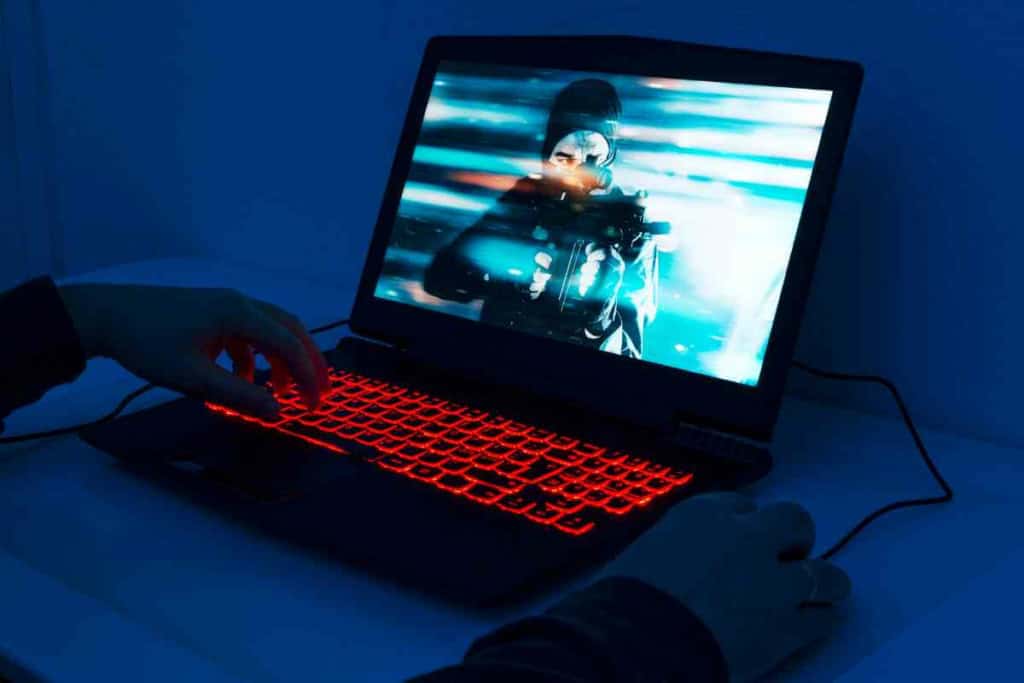
Upgrading your laptop’s graphics capabilities can be a game-changer, particularly if you’re relying on the built-in capabilities of an integrated or older dedicated GPU. A powerful alternative is the use of an external GPU (eGPU). This device, housed in an external enclosure, links to your laptop via a Thunderbolt port, providing significant enhancements in graphics performance.
Advantages of Using an eGPU
One of the main advantages of an eGPU is its ability to elevate your laptop’s graphics performance to a level comparable with desktop machines. This is especially beneficial for playing graphics-intensive games or running demanding applications. The graphics card within an eGPU is typically much more potent than integrated solutions and can be easily upgraded by simply swapping the card within the enclosure, bypassing the complexity and expense involved in internal upgrades.
Setting Up an eGPU
To utilize an eGPU, your laptop must have a Thunderbolt 3 port, which supports high-speed data transfers essential for high-performance graphics. Before investing, verify that your laptop is equipped with this port. When selecting an eGPU, consider the type of enclosure that best suits your needs—some are designed for mobility, while others are better suited for a static setup.
Impact on Gaming
For gamers, upgrading to an eGPU can dramatically enhance the visual quality and smoothness of gameplay, providing a better overall gaming experience. This is particularly true for 3D gaming, which demands substantial graphics processing power that an eGPU can readily provide. While gaming laptops are built to handle these demands, they often lag behind desktops in graphics prowess; an eGPU bridges this gap effectively.
Considerations Before Upgrading
Despite the benefits, upgrading with an eGPU isn’t without considerations. It’s crucial to evaluate not just the compatibility of the graphics card but also the readiness of your laptop’s other components, such as the CPU and RAM. These should be capable of supporting the heightened graphics output to prevent bottlenecks.
Software and System Compatibility
Beyond hardware, software considerations are key:
- Operating System Compatibility: Ensure the graphics card in the eGPU is supported by your laptop’s operating system.
- Driver Updates: Install the latest drivers from the graphics card manufacturer’s website to optimize performance.
- Processor Compatibility: The efficiency of your eGPU is also dependent on the capabilities of your laptop’s processor.
- BIOS Updates: Some graphics upgrades might necessitate a BIOS update to ensure compatibility and stability.
- Clock Speed Adjustments: Optimal performance may require tweaking the clock speed settings of your new graphics setup.
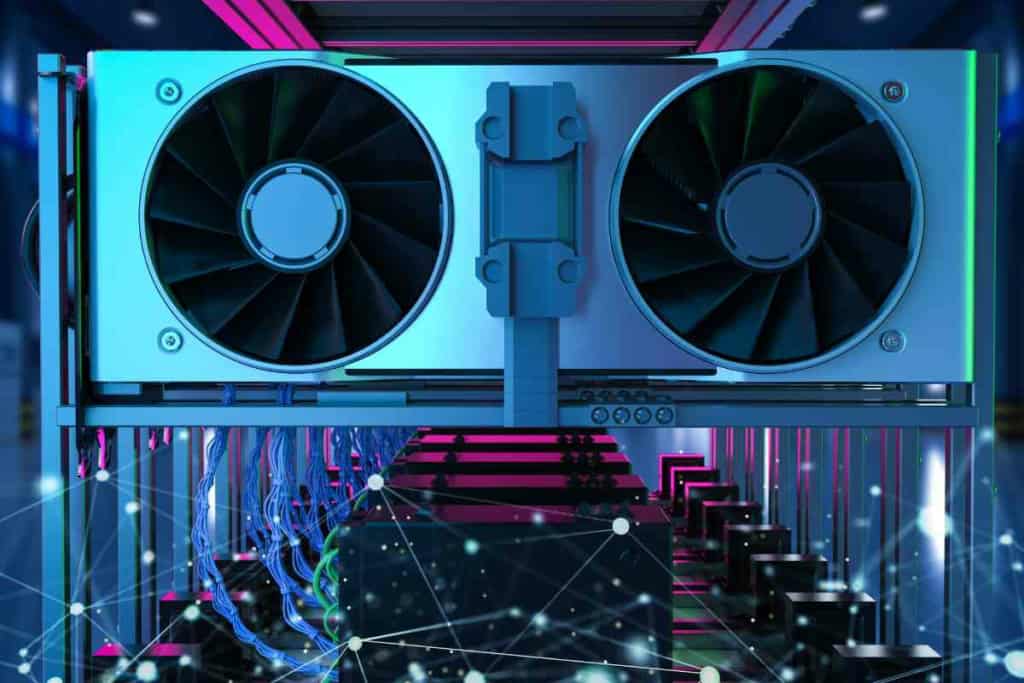
Software Considerataions
Upgrading your laptop’s graphics card involves more than just a hardware switch; it necessitates careful consideration of software requirements and compatibility issues. Here’s what you need to know before you proceed with an upgrade.
Operating System Compatibility
Before you embark on upgrading your graphics card, confirm that the new graphics card is compatible with your laptop’s operating system. Visit the manufacturer’s website for any specific requirements or known compatibility issues. Some graphics cards might necessitate a particular version of Windows or macOS to function correctly.
Driver Updates
Once your new graphics card is installed, it’s essential to download and install the latest drivers. These drivers ensure that your graphics card operates efficiently and is optimized for performance. Always check the manufacturer’s site for the latest driver updates, which are crucial for the stability and performance of your new hardware.
Processor Compatibility
The efficacy of your new graphics card can be significantly influenced by the capability of your laptop’s processor. If the processor is too old or not powerful enough, you might not see a marked improvement in performance. In some cases, it might be beneficial to upgrade the processor to maximize the potential of your new graphics card.
BIOS Update
Sometimes, a BIOS update may be necessary when upgrading your graphics card. The BIOS (Basic Input/Output System) controls the laptop’s hardware connections, including the graphics card. Ensure that your BIOS is up-to-date by checking the laptop manufacturer’s website for updates.
Clock Speed Adjustments
Adjusting the clock speed of the graphics card can impact its performance. Research the optimal clock speed for your new graphics card and adjust accordingly to ensure it operates at peak efficiency.
Related Post! Best Laptops for Zoom: Top Picks for Clear Video Conferencing
Selecting the Right Graphics Card: Reviews and Recommendations
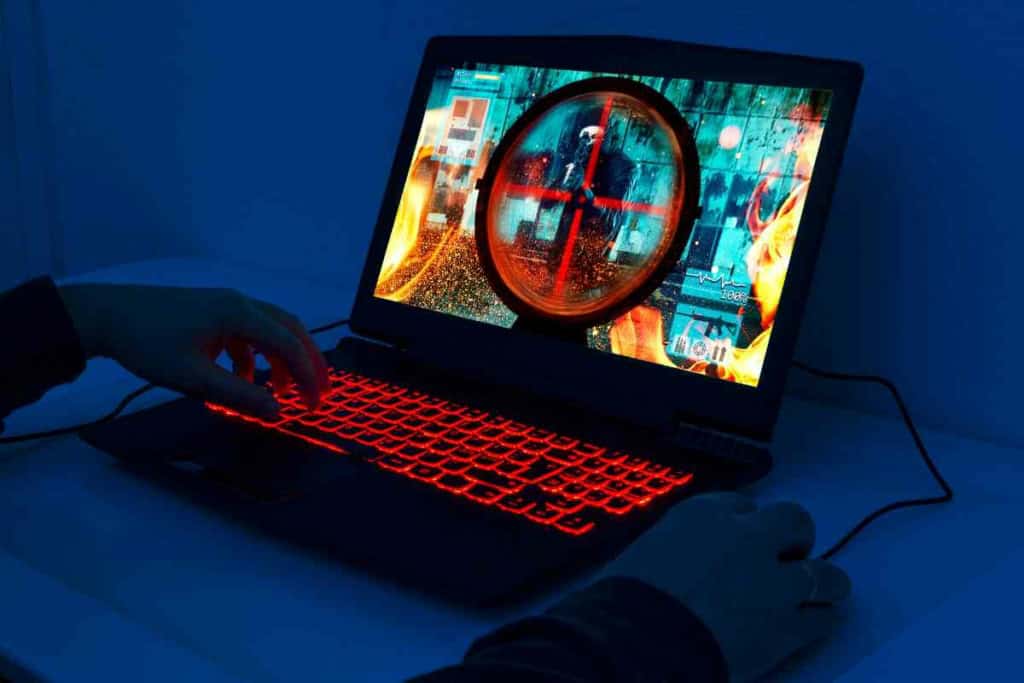
Choosing the appropriate graphics card is crucial, as not all are compatible with every laptop model. Here are some top recommendations based on performance and compatibility:
- Nvidia GeForce RTX 3080 Laptop GPU: Known for its stellar performance, it’s suitable for high-end gaming and intensive applications.
- Nvidia GeForce RTX 3070 and RTX 3060 Laptop GPUs: These provide excellent performance at a more affordable price point compared to the RTX 3080.
- AMD Radeon RX 6800M and RX 6700M: These are preferred for users who favor AMD over Nvidia, offering comparable performance to their Nvidia counterparts.
Reviews from Trusted Sources Tom’s Hardware rates the Nvidia GeForce RTX 3080 as the top choice for laptop graphics due to its superior performance. Meanwhile, AnandTech suggests the AMD Radeon RX 6800M as a strong contender, especially for those looking for an AMD option.
Final Thoughts on Upgrading Laptop Graphics Cards
Upgrading a laptop’s graphics card is a complex and often costly endeavor that may not always result in significant performance gains. For many users, especially those with laptops where the GPU is soldered onto the motherboard, upgrading might not be feasible. Instead, consider enhancing other components like RAM or storage, which can also improve performance and are generally easier and more cost-effective to upgrade.
For those who can upgrade their graphics card, careful consideration of compatibility, performance requirements, and cost should guide your decision. Always ensure that any upgrade aligns with your specific needs and technical capabilities.